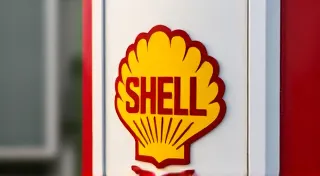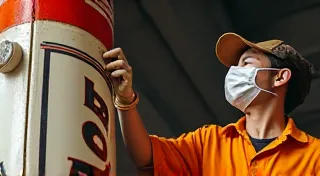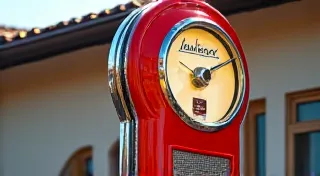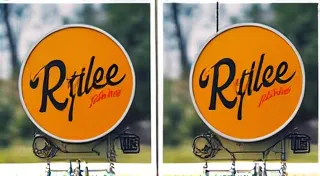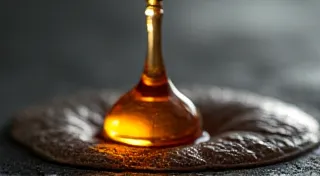Value of Vintage Gas Signs: Factors Influencing Price & Rarity
The allure of vintage gas station signs is undeniable. They evoke a nostalgic era of classic cars, roadside diners, and a simpler time. But beyond their aesthetic appeal, these signs represent a potentially valuable investment for collectors. Understanding the factors that drive their value can be the difference between a lucky find and an overspending mistake. This guide explores the key elements influencing the price of vintage gas signs, from condition and rarity to brand recognition and historical significance. Whether you’re a seasoned collector or just starting your journey into the world of vintage gas signs, this article will equip you with the knowledge to navigate the market effectively.
The Basics of Gas Sign Collecting
Before diving into value determinants, it’s helpful to understand the types of gas signs available. We’s generally talking about signs manufactured between the 1920s and the 1960s, though earlier examples exist and can be extraordinarily valuable. These signs served not only as advertising but also as prominent landmarks along highways. They came in various materials, including porcelain enamel (the most sought after), tin litho, and occasionally cardboard or metal.
Common types include:
- Pump Signs: Directly attached to the gas pumps themselves, often displaying price and brand information.
- Overhead Signs: Large signs mounted above gas stations, visible from a distance.
- Advertising Signs: Promoting specific products like gasoline or motor oil.
- Service Signs: Announcing services offered at the station, such as repairs or tire changes.
Condition: The Biggest Value Driver
In the world of vintage collectibles, condition is king. For gas signs, this is even more pronounced. A sign in pristine condition, showing minimal wear and tear, will command a significantly higher price than one with damage. Here's a breakdown of condition grading:
- Mint: Extremely rare. Almost flawless, as if it just came off the production line. Expect to pay a premium.
- Excellent: Shows minimal wear. May have very minor chips or scratches that are barely noticeable.
- Very Good: Shows moderate wear. May have some chips, scratches, or rust, but the overall appearance is still attractive.
- Good: Shows significant wear. Numerous chips, scratches, rust, and possible repairs. Still recognizable and desirable, but value is considerably lower.
- Fair: Heavily damaged, with significant losses of enamel or metal. Often requires extensive restoration.
- Poor: Severely damaged, possibly missing large sections. Primarily valuable for parts or as a restoration project.
Damage can include chips, cracks, rust, fading, scratches, and repairs. The presence of old repairs (often seen as "touch-ups" or "retouches") can negatively impact value, although sometimes expert restoration can actually improve a sign's desirability if done correctly.
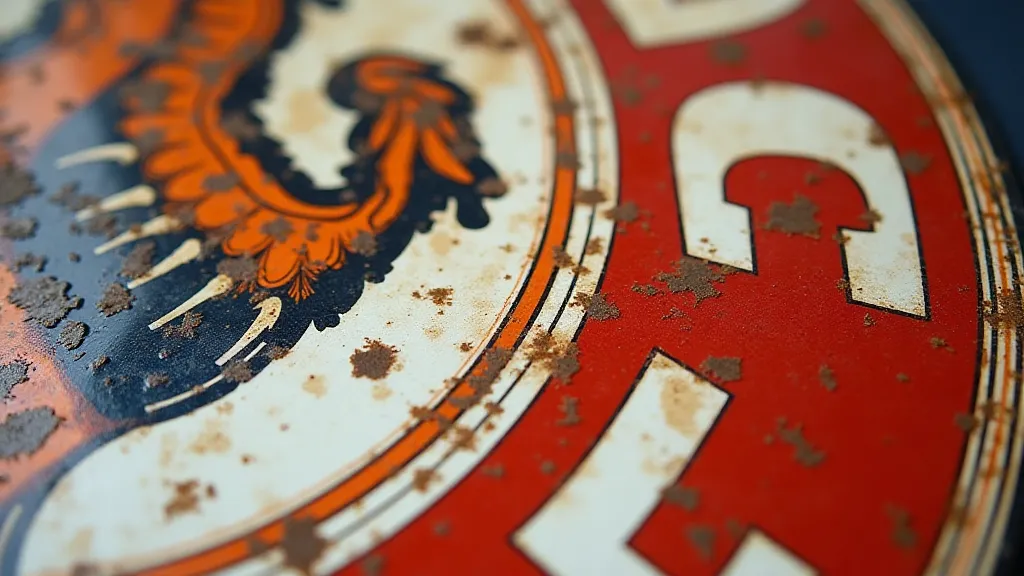
Rarity: The Scarcity Factor
Just like any collectible, rarity significantly influences value. Signs from smaller, regional brands or those produced in limited quantities are generally more valuable than those from large, nationally recognized companies. Factors contributing to rarity include:
- Brand Popularity: While popular brands like Shell, Texaco, and Gulf have many signs circulating, those from lesser-known brands (e.g., local refineries or independent stations) are harder to find.
- Production Run: Signs produced in very limited quantities are naturally more scarce.
- Geographic Distribution: Signs specific to a particular region or state can be more valuable to collectors interested in local history.
- Sign Type: Certain types of signs, such as double-sided pump signs or those featuring unique graphics, are often rarer than others.
Brand & Historical Significance
The brand associated with a gas sign plays a crucial role in its value. While the "big three" (Shell, Texaco, and Gulf) generally command high prices, even within those brands, certain models and variations are more desirable than others. For example, early Shell "Beehive" signs are highly sought after.
Historical significance can also elevate value. Signs advertising defunct companies or those associated with a significant historical event (like a famous race track or a pioneer gas station) can become prized possessions.
Materials and Manufacturing Techniques
The material a sign is made of dramatically affects its value. Porcelain enamel signs are considered the gold standard. They are known for their durability and vibrant colors. Tin litho signs, while less durable, are also quite common and can be valuable depending on the brand and condition.
The manufacturing techniques employed can also influence price. Early manufacturing processes often resulted in unique imperfections that are now considered desirable characteristics by collectors. For example, "beehive" porcelain signs, with their distinctive raised surface texture, are highly prized.
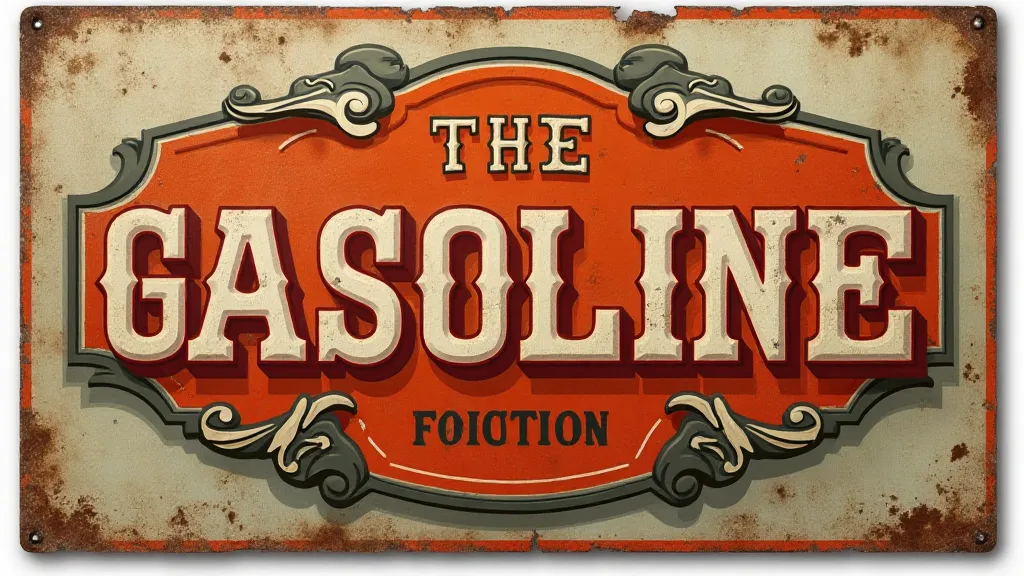
Current Market Trends
The value of vintage gas signs, like any collectible, is subject to market trends. Demand fluctuates based on collector interest, economic conditions, and the availability of signs. What was hot ten years ago might not be as desirable today. Staying informed about current market trends is essential for both buyers and sellers. Attending auctions, browsing online marketplaces, and talking to experienced collectors are all ways to stay in the loop.
Restoration Considerations
While restoration can sometimes improve the appearance of a damaged sign, it's a complex issue with implications for value. Over-restoration, where too much is altered or replaced, can significantly reduce the sign’s worth. Collectors generally prefer signs that retain as much of their original character as possible. However, a well-executed restoration that addresses structural issues and stabilizes the sign can sometimes be acceptable, especially for signs in poor condition.
Identifying Reproduction Signs
Unfortunately, reproduction (or "repro") gas signs are common in the market. These are fake signs made to look old and valuable. Learning to identify reproduction signs is crucial for avoiding costly mistakes. Here are some telltale signs:
- New-Looking Condition: Reproductions often lack the wear and tear expected of a genuine antique.
- Incorrect Graphics or Colors: Carefully compare the graphics and colors to known examples of authentic signs.
- Modern Manufacturing Techniques: Reproductions may exhibit signs of modern manufacturing, such as perfectly smooth surfaces or a lack of subtle imperfections.
- Incorrect Backings: The backing material and construction may not match those used in the original signs.
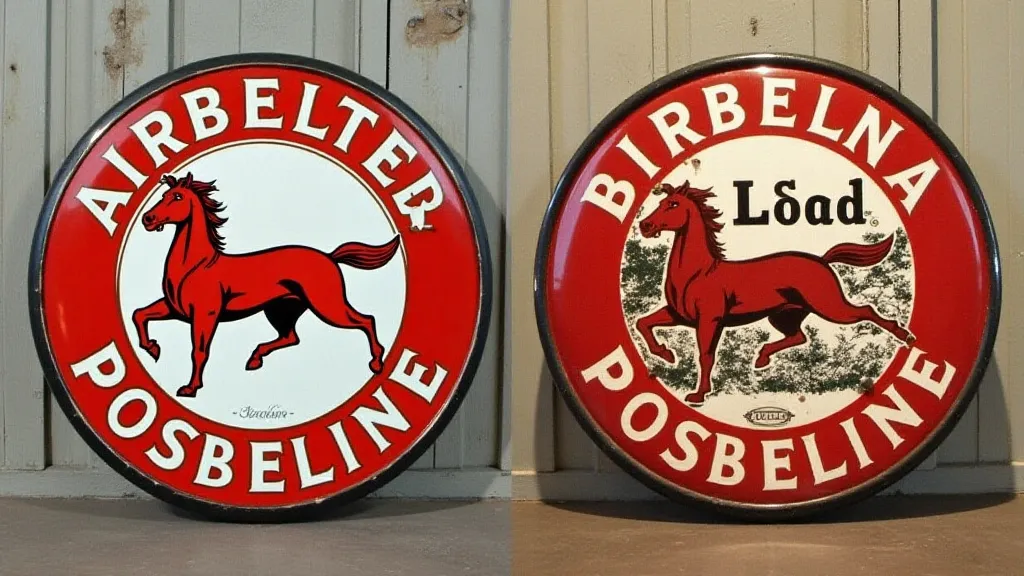
Conclusion
The value of vintage gas signs is a multifaceted equation. Condition remains the most critical factor, followed by rarity, brand recognition, and historical significance. By understanding these elements and staying informed about market trends, you can navigate the world of vintage gas sign collecting with greater confidence and make informed decisions, whether you’re searching for a prized addition to your collection or looking to sell a treasured piece of automotive history.
